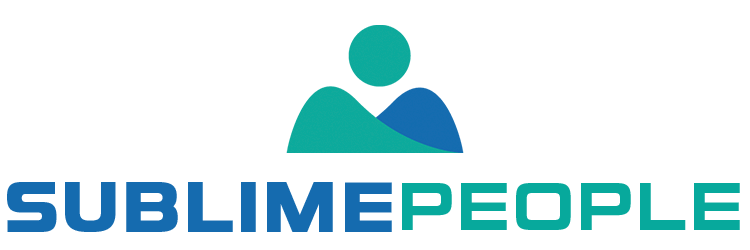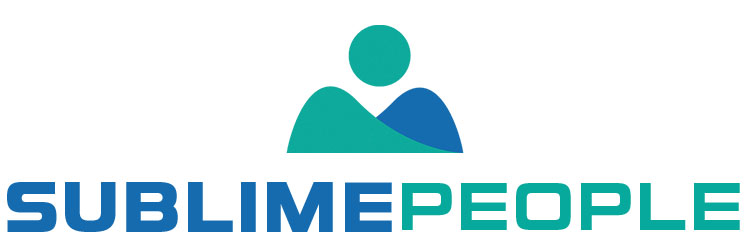Finding the right person to join your team can take up a lot of time and energy. If you want to reduce the hassle that comes with hiring new employees, there are 11 easy ways how to simplify your hiring process. Whether it’s leveraging video conferencing instead of in-person interviews or utilizing cloud-based recruitment portals to streamline job posting and selection criteria, there are a variety of options for how employers can make their job postings more efficient. Using feedback loops to get honest opinions from current employees can be very beneficial in determining how best to proceed with recruiting efforts.
Ultimately, these steps are sure to save both time and money while ensuring businesses find the perfect fit for their open positions.
How can the hiring process be more efficient?
In this Article:
1. Ease the application process
Are you confident that your job online application process is optimized for success? Without monitoring, there may be technical issues with the system or server that can trouble potential candidates. Make sure to test the system from time to time and address any technical issues with developers.
2. Utilize automation tools
Using automation tools can help streamline your hiring process by collecting and organizing data for you. This would include tracking resumes, scheduling interviews, managing documents, and much more. Automating mundane tasks can give recruiters more time to focus on other areas of the recruitment process.
3. Identify & remove bottlenecks
Recognizing any bottlenecks in the hiring process can help expedite it. Determine which steps are taking too long and make changes to simplify them. For instance, if you’re having trouble tracking resumes or scheduling interviews, consider using an applicant tracking system instead of manually updating records.
4. Increase accessibility
Providing potential candidates with more ways to contact you can make the hiring process easier and faster. If you’re hosting video interviews, create a platform that works for all devices and ensure that everyone involved in the interview has access to the link provided.
5. Focus on quality
Rejecting candidates who don’t fit your requirements is part of the recruitment process, but it’s important to remain focused on quality rather than quantity. Instead of rushing through a recruitment drive, take the time to evaluate each candidate and determine if they are right for the job. This will help you avoid any costly mistakes in the future.
6. Engage the hiring panel
Engaging with the hiring panel is a great way to ensure that they are aligned with the recruiting process. Having an engaged hiring panel of managers can greatly accelerate the recruiting process, positively affect the caliber of hires and make a recruiter’s life truly blissful. Without managerial support in this regard, however, you may be facing dire consequences. This will help prevent any miscommunication or misunderstandings from happening during the recruitment process.
7. Improve first impressions
Recruiters can be quite choosy with who they select, and job interviews sometimes feel as if the employer is doing a service to those seeking employment. The reality is that its candidates who are offering you an advantage by selecting your organization above others in the market. Candidates have full power to interview you and request further information about your company culture.
8. Enrich candidate experience
Think about what job seekers need. They need to know whether they made it or not. Your end-to-end application and interview process needs to be simplified to enrich candidate’s overall experience. Here are a few ways:
- By investing your resources in improving and modernizing your career page, you can attract more qualified job seekers.
- Provide clear communication about the selection process and timeline, including details about feedback, evaluation criteria, and even potential next steps.
- Be mindful of candidate expectations relating to compensation, benefits, and job opportunities. Keep in mind that a positive recruitment experience will attract more job seekers as well as create an employer brand that can appeal to potential hires.
9. Develop interview questions
Interviewers should develop a set of interview questions that are tailored to the role being hired for. This will help candidates better understand what they can expect and it may provide more insight into their capabilities. It is important to use open-ended questions as well as ones that require specific answers.
10. Train employees
By providing more training to your hiring team, the entire recruitment process can be improved. This includes understanding how to effectively interview and assess candidates, as well as how to create an environment where everyone feels comfortable.
11. Be transparent
Being transparent with applicants is key during the recruitment process. Inform them of any delays they may experience and make sure to communicate any changes that may take place. Transparency helps build trust and keeps everyone on the same page.
What are the 5 stages of the hiring process?
1. Job posting
The first stage of the entire hiring process is the job posting. The job posting is where the employer will list the job opening and the qualifications that are required for the position. The hiring managers create a job post
with the job description to find the best candidates. This includes advertising the position, specifying the job requirements, setting salary or wage expectations, and defining any additional criteria needed for successful applicants.
2. Resume screening
The second stage of the hiring process is the resume screening of the right candidates. Once the employer has received several resumes from interested job seekers, they will then begin to screen them to narrow down the talent pool. The employer will typically look for a job seeker who has the required qualifications for the position and who has submitted a well-written and error-free resume.
3. Interviews
The third stage of the hiring process interviews. The employer will invite a small number of qualified candidates to come in for an interview so that they can learn more about them and their qualifications. This is a lengthy application process where the hiring manager will ask questions about the candidate’s experience, skills, and goals.
4. Reference checks
The fourth stage of the hiring process is reference checks. After interviewing top candidates, the employer will contact their references to get more information about them. The references that are contacted will usually be past employers, teachers, or other professionals who can speak to the candidate’s character and abilities.
5. Job offer
The fifth and final stage of the hiring process is the job offer. Once the employer has decided which candidate they would like to hire, they will extend a job offer to them. The job offer will include information such as salary, benefits, and start date. The candidate will then have the opportunity to accept or decline the job offer.
Conclusion
Recruiting the right people for your business is a must. To ensure you find the best candidates, it’s important to have a well-thought-out recruitment process. With the strategies mentioned above, you should be able to streamline and optimize your recruitment efforts. Keep in mind that recruiting is an ongoing process and requires continuous improvements for maximum effectiveness. Always strive to improve the efficiency of your recruitment process and create a positive experience for job seekers.
Do you have any additional tips for interviewing someone for a job? Let us know in the comments below!




